A unique walk in the heart of Brem sur Mer, combining nature and heritage.
Let yourself be guided and discover Brem through the remains of its rich past, as witnessed by the church of Saint Nicolas.
Take a stroll through the village of La Gachère, the entrance to the old port of Les Olonnes.
Let yourself be tempted by the wines of Brem and its exceptional terroir.



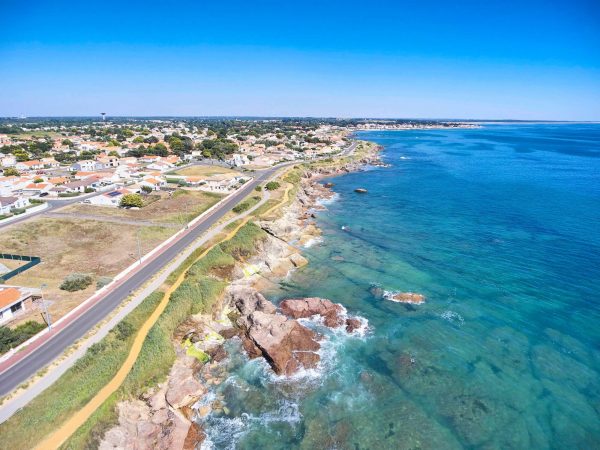
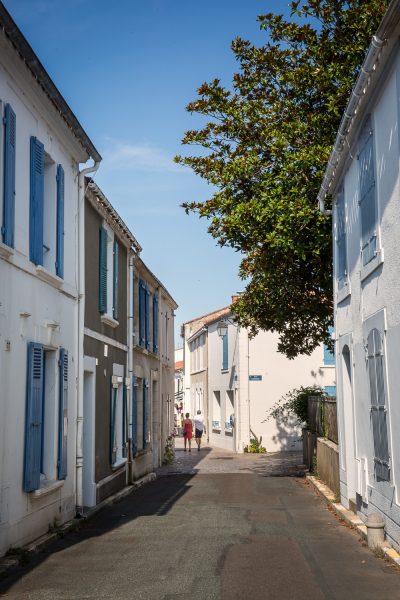



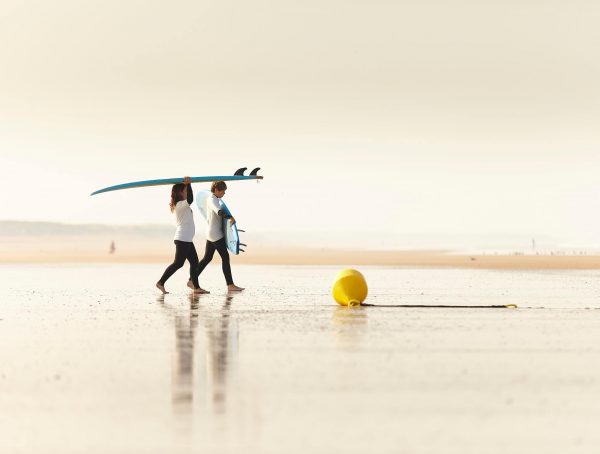
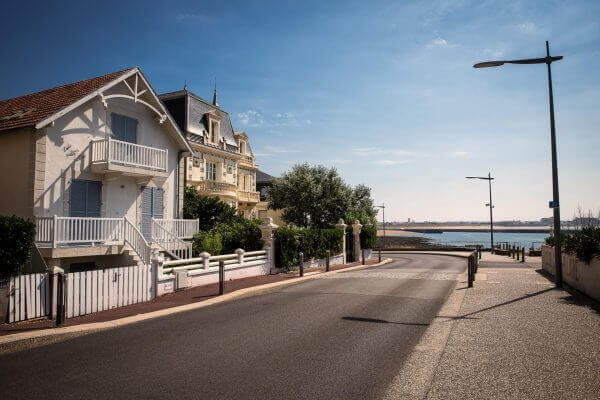
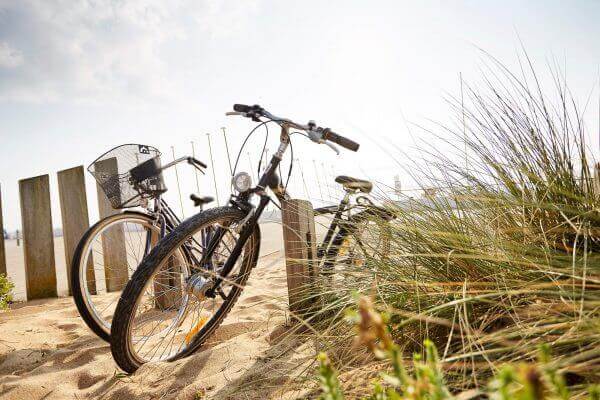
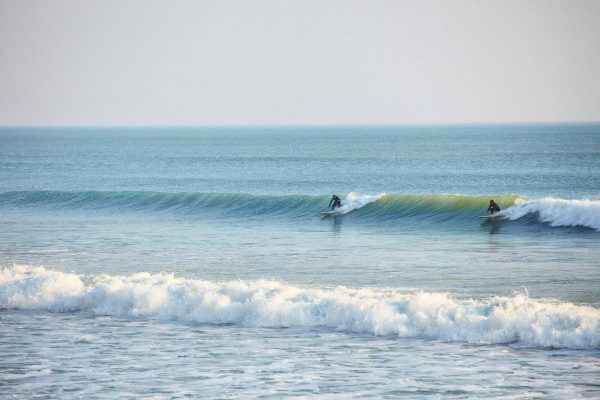
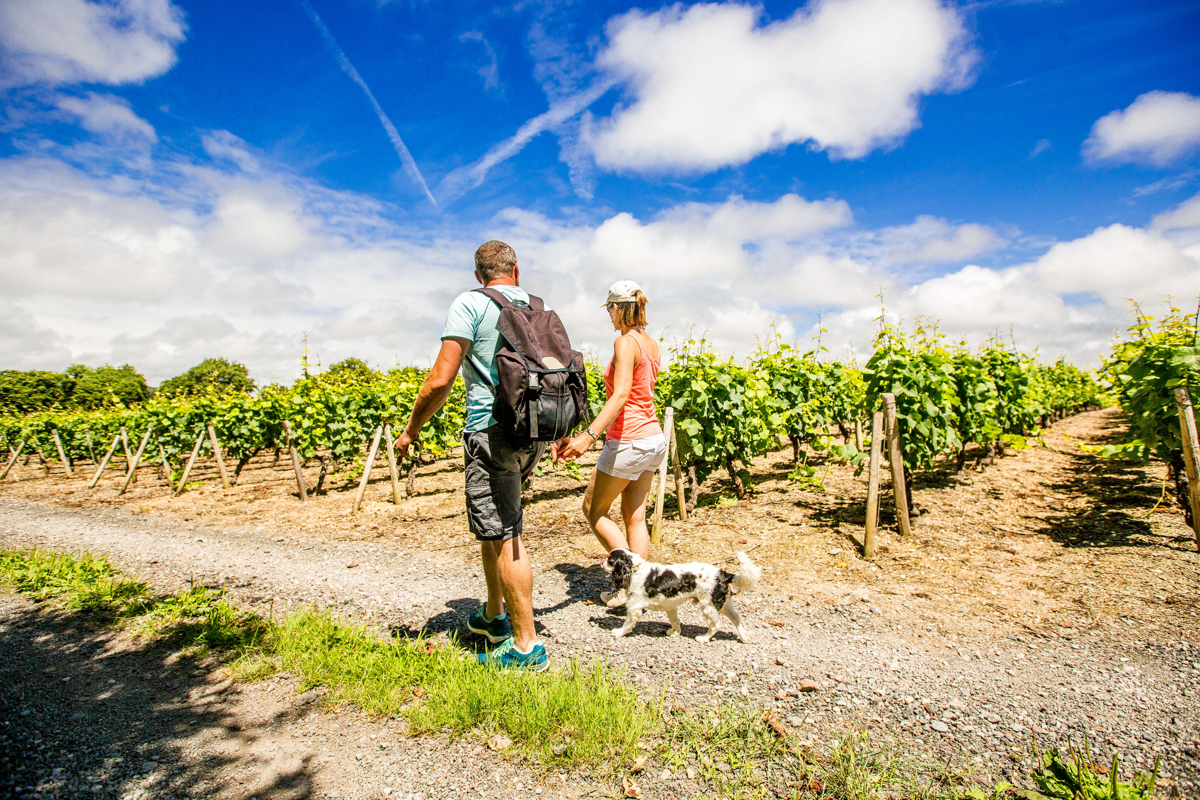
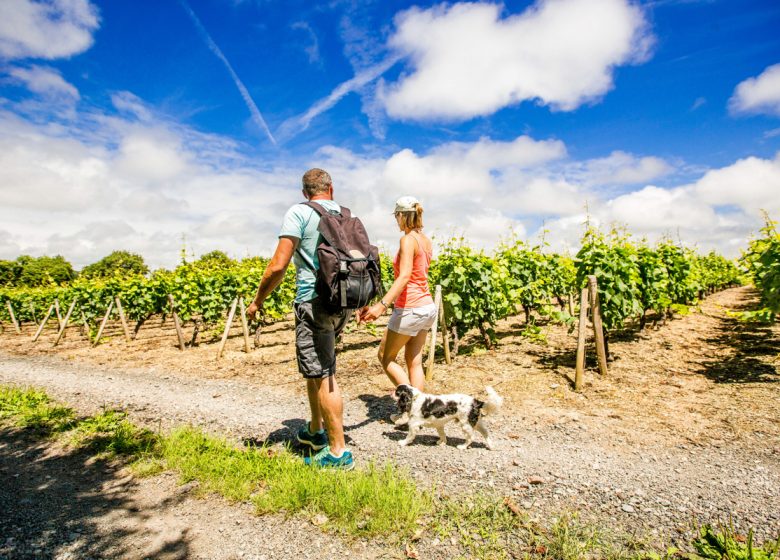






Give us your opinion